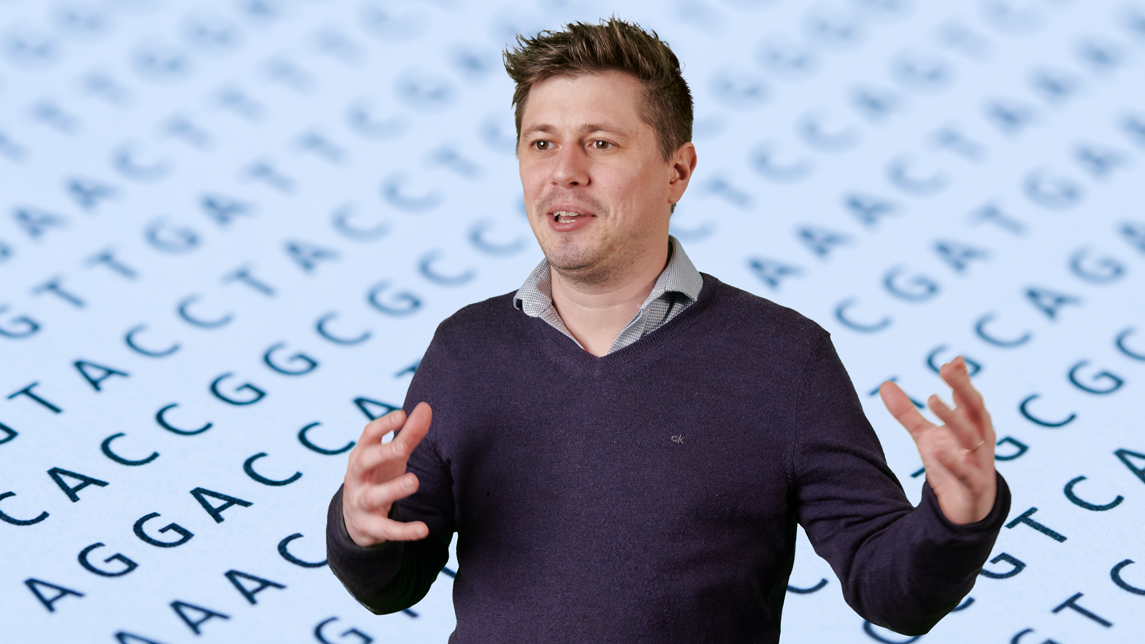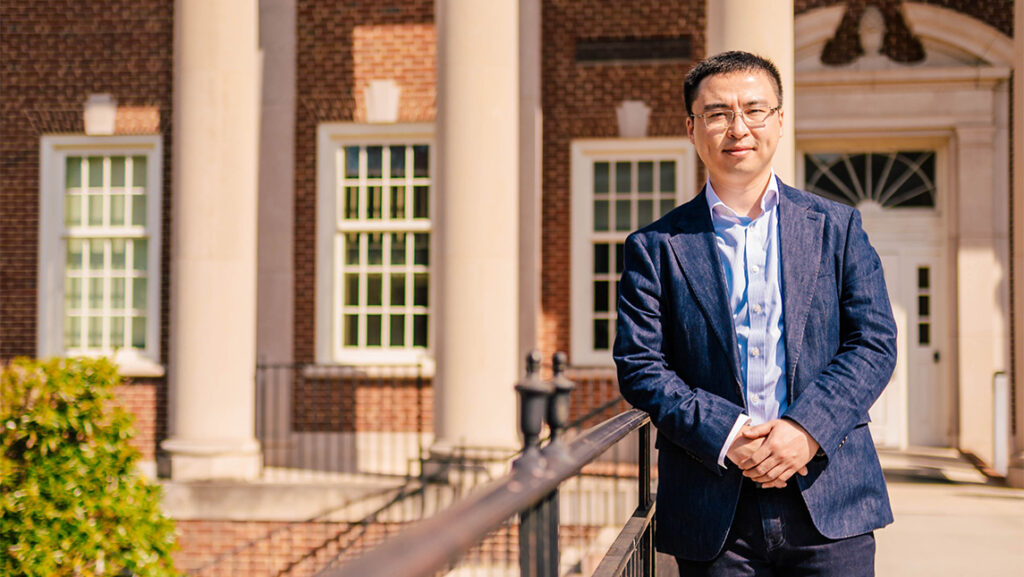
Antibiotic-resistant bacteria. It’s an unsettling phrase.
Even when filling a prescription, we understand that illness-causing bacteria can become resistant to antibiotics, leading to the reduction of success in infectious disease treatment. Many perceive those risks to human health, as well as the societal and economic costs.
But the way that bacteria adapt to become resistant, through recombination, remains largely unknown, even by scientists working at the forefront of the field.
This winter, UNC Greensboro’s Dr. Louis-Marie Bobay, an assistant professor in the Department of Biology, received a $1.5 million grant from the National Institute of Health (NIH) to re-evaluate the landscape of recombination rates and patterns along the genomes of hundreds of bacterial species.
“The exchange of DNA between bacterial strains is a major concern for human health, as exemplified by the transfer of virulence and antibiotic resistance genes,” he explains. “This is one of the most important mechanisms that isn’t broadly understood.”
His lab focuses on the evolution of microbial genomes and populations, looking at the processes that determine gene flow among microbial populations. The NIH grant will cover five years of research for Bobay’s collaborative work with UNC Chapel Hill’s Dr. Daniel Schrider, co-principal investigator, on the project titled “Investigating the impact and patterns of homologous recombination and adaptive evolution on bacterial genomes.”
Their research will examine the evolution of genomic architecture of hundreds of bacterial species, analyzing turnover in gene content. It will also look at the impact of adaptive evolution in bacteria, and the relationship between adaptation and recombination, taking into account the increasing evidence that – although bacteria reproduce clonally – the vast majority of these organisms are capable of homologous recombination by exchanging pieces of DNA in a process similar to gene conversion in animals and plants.
Bacteria being studied include some of those most familiar to us: Staphylococcus aureus, Streptococcus pneumoniae, Escherichia coli, and Salmonella enterica.
The goal for Bobay and his lab is to assess the prominence of adaptive evolution in bacteria with much greater comprehension than in any previous studies. By developing relevant models of bacterial evolution, he and his colleagues will increase their knowledge of these organisms’ biological adaptations.
Ultimately, this work and what it will reveal influence visible human health concerns, and how physicians may analyze and deal with them in the future.
Story by Susan Kirby-Smith, University Communications
Photography by Martin W. Kane, University Communications


